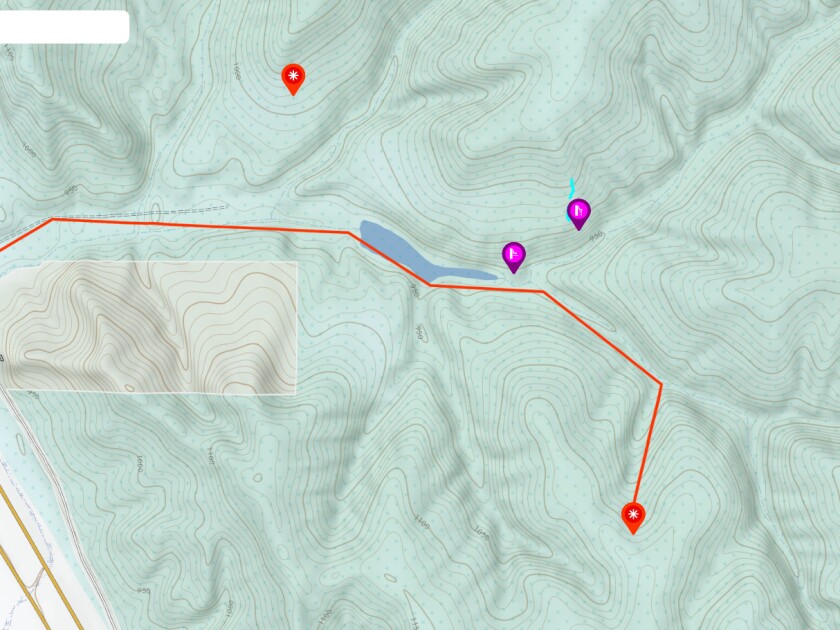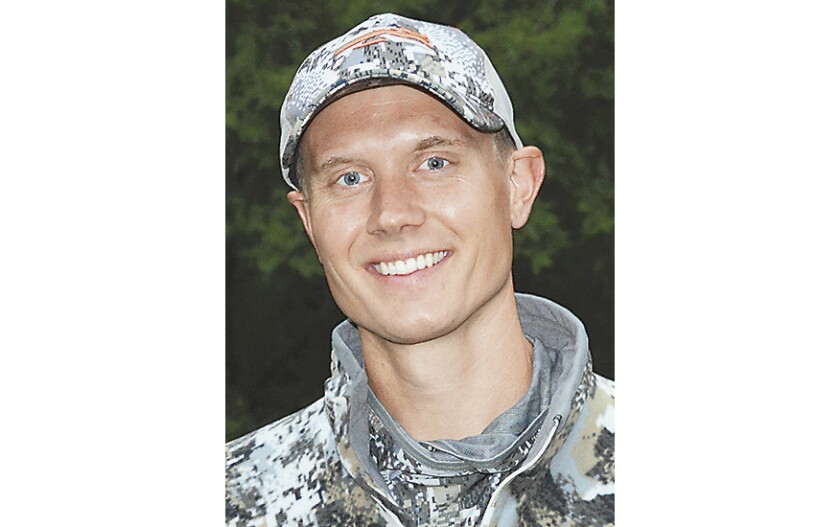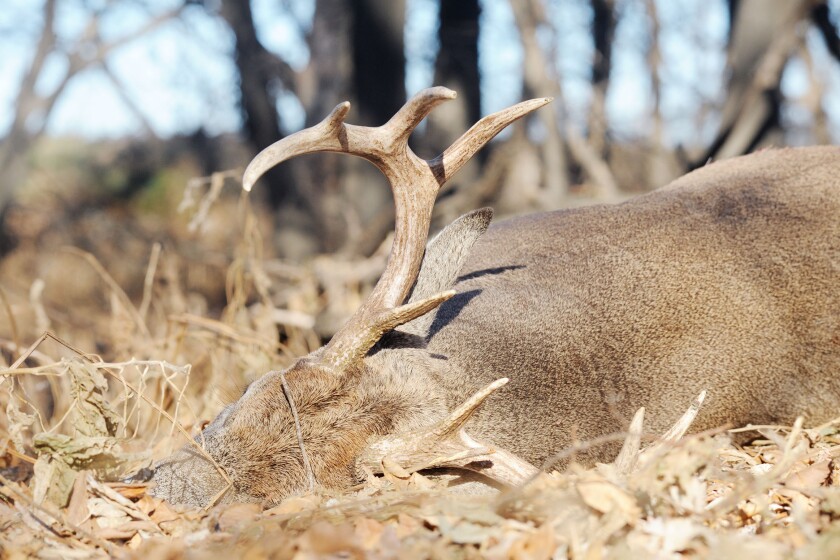ALEXANDRIA, Minn. -- I sat at the camper table on the night of Nov. 2, 2020 scouring over my waypoints I had previously set on my onX Hunt map through my phone.
A weekend of scouting in North Dakota last summer helped me and my buddy, Tyler Notch of Alexandria, identify some good pinch points between bedding along the Red River. The morning of Nov. 3 was about the perfect time to hunt these during the pre-rut.
A mid-October hunt on an adjacent property showed me that does were using this field of turnips as a food source. The challenge now was getting into my tree undetected.
Walking across that open field would certainly spook deer in the early-morning darkness. The only other option was to take a 90-degree angle through a farm site and walk along the riverbank about 500 yards.
Anyone familiar with the Red River and its clay soil knows it does not provide the sturdiest of footing. I slipped my way along the wet, mucky and often almost vertical bank out of sight from that field about an hour before daylight.
ADVERTISEMENT
I got into the tree that morning full of sweat, but confident that I hadn’t spooked a single deer. At about 8:30, a 10-pointer came in behind a doe and gave me a 15-yard shot .
Years ago I would have never thought of going through that trouble. I grew up as a shotgun hunter in southwestern Minnesota where we took the easiest route to the stand and waited for deer to run by, mostly pushed by other hunters. It often worked during gun season.
Not so much for archery where we’re relying on capitalizing more on a deer’s natural movement. I think about access into stands all the time now, but it’s only because I have experienced firsthand how much it impacts things.

The Minnesota buck I shot in 2020 came after slipping into a tree overlooking a creek crossing in September. That required walking the far edge of a standing corn field and then up that creek, out of sight of the high points on the ridges around me that a buck proved to be bedded on.
I really got serious about scouting 10 years ago. But just scouting and understanding things like bedding behavior of whitetails wasn’t enough. I knew mature bucks were in certain areas. Scrapes, rubs and sometimes game camera photos told me that.
Really committing to accessing an area without spooking those deer, which in some cases means a lot more work, was the turning point in consistently getting opportunities. It’s now the focal point of my electronic and boots-on-the-ground scouting.
ADVERTISEMENT
Find an area that looks good. Can I get in undetected? If the answer is no, move on.
I was e-scouting a property in Missouri in early July when I found a spot that seems to set up perfectly. This is a nearly 3,000-acre piece of public land in steep hill country.
Despite plenty of hunting pressure, I almost got a shot here at the biggest buck I have ever seen last November, and my buddy, Jacob Busiahn of Duluth, had two days full of close encounters on good deer. We know we want to go back there in November, and one spot in particular has me really excited.

The tree location is at the top of a steep ravine that should pinch some of the deer movement along that high shelf. There are multiple north-facing points that drop down into a creek bottom, making for what should be ideal bedding off the points with a south wind.
I noticed while hunting this property a year ago that thermals overpowered the winds. Temperatures were in the 50 and 60s most days. As the sun warmed the ridges, the thermals pulled the airflow up those ravines.
It creates a perfect scenario for deer. They can sit and travel those north-racing ridge lines and see and smell below them with that thermal pull and also have south winds blow in over their backs. Bucks should be cruising a ridgeline like this in early November.
ADVERTISEMENT
Access is not only far away from the nearest parking lot, but there is also a road I can get dropped off on before moving west to east through the creek bottom in the dark of early morning when the thermals should be pulling down into that bottom due to cooler air.
It can be intimidating scouting a huge property, especially unfamiliar country for an out-of-state hunt. My suggestion is to mark all the areas of interest where deer might frequent.
Maybe it’s a jagged ridge system like this in hill country with a lot of points. Maybe it’s areas of multiple habitat features coming together in flat terrain.
From there, ask which spots offer the best chance of getting in undetected. When those two things come together, you have an area that can up your chances on a short trip.










